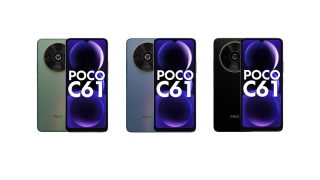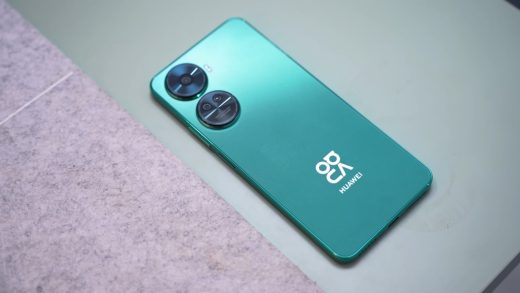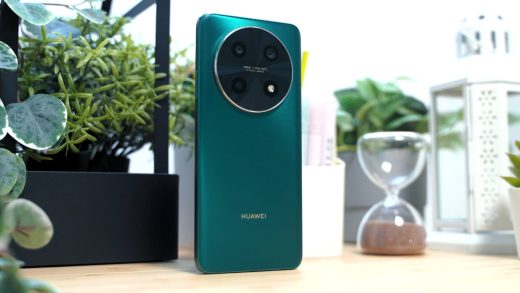OPPO has yet to unveil its next flagship smartphone, the Find X2 lineup, however, official specs of the device surfaced online recently. We couldn’t help but compare it to its much older predecessor, the Find X, released in 2018. With nearly a year and a half between these devices, is the Find X2 Pro a good upgrade from the Find X? Find out in this specs comparison.

| OPPO FIND X2 PRO | OPPO FIND X |
|---|---|
| 6.7-inch AMOLED display, curved edges | 6.4-inch 19.5:9 OLED Panoramic Arc Screen display @ 2340 x 1080px, ~401ppi |
| Qualcomm Snapdragon 865 | Qualcomm Snapdragon 845 |
| 12GB RAM | 8GB RAM |
| 512GB storage | 256GB storage |
| No expandable storage | No expandable storage |
| 64MP + 8MP + 2MP triple-rear camera setup | 16MP f/2.0 + 20MP f/2.2 PDAF OIS dual cameras with dual-LED flash (sliding) |
| 32MP holepunch front camera | 25MP f/2.0 front camera (sliding) |
| Dual nano SIM | Dual nano SIM |
| 5G, 4G | 4G LTE |
| WiFi | Wi-Fi 802.11 a/b/g/n/ac |
| Bluetooth | Bluetooth 5.0 |
| On-screen fingeprprint scanner | 3D Face Recognition |
| 3.5mm headphone jack | None |
| USB Type-C | USB Type-C |
| 4,260mAh battery with VOOC fast charging support, wireless charging support | 3,730mAh battery w/ VOOC Flash Charge |
| Colors OS based on Android 10 | ColorOS 5.1 (Android 8.1 Oreo) |
Let’s begin with the smartphones’ respective displays. The Find X comes with a 6.4-inch OLED screen, with a resolution of 2340 x 1080 pixels. While the online listing of the Find X2 Pro doesn’t provide many details about its display, it already trumps the Find X considering that it’s sized bigger at 6.7-inches. Additionally, the X2 Pro also has an AMOLED panel and is expected to have a high refresh rate of 120Hz. Both smartphones have displays that curve towards the edges.
Noticeably, the Find X doesn’t sport any notch or hole-punch module for its front camera. This is due to its sliding mechanism that houses not only the front but also the device’s rear cameras. On the other hand, the Find X2 Pro has a hole-punch front camera, situated on the upper left of the screen.
When it comes to chipsets, powering up the Find X2 Pro is the new Qualcomm Snapdragon 865. As the Find X is nearly two years old already, it runs with the older Snapdragon 845. Despite having a vast time difference between the chipsets, both of them are Snapdragon’s flagship processors and therefore are highly capable. As for configurations, the Find X sports 8GB RAM and 256GB of storage, while the Find X2 Pro comes with a bigger 12GB RAM and 512GB of storage. If there’s anything these two phones have in common, it’s that both of them do not have expandable storage.
Camera-wise, the Find X has a dual setup on the rear consisting of a 16MP + 20MP shooters. On the other hand, the Find X2 Pro steps it up by having triple cameras, made up of a 64MP + 8MP + 2MP snappers. Upfront, the Find X has a 25MP lens, while the Find X2 Pro has a 32MP camera. As mentioned earlier, the Find X has a sliding mechanism that housed all its cameras, hiding them from view. Meanwhile, the Find X2 Pro has its triple-camera setup lined up vertically on the rear, while its front camera is a pinhole one.
For biometrics, the Find X deals away with a fingerprint scanner and further utilizes its sliding camera mechanism by using 3D Face Recognition. As for the Find X2 Pro, it comes with an on-screen fingerprint scanner. While there’s no mention yet of a face unlock mechanism, we’re pretty sure it would have one too. The Find X2 Pro possesses a 3.5mm headphone jack, while the Find X doesn’t.
Battery-wise, the Find X2 Pro has a 4,260mAh battery that dwarfs the Find X’s smaller 3,730mAh cell. The former also has wireless charging support. OPPO’s VOOC fast charging is present in both devices. As for operating systems, the Find X has the older ColosOS 5.1, based on Android 8.1 Oreo, while the Find X2 Pro will be fitted in with the latest ColorOS skin based on Android 10.
Do we think that the Find X2 Pro is a decent upgrade from the Find X? Definitely. After nearly two years, OPPO gave its Find X flagship lineup with a much-needed level up. The Find X2 Pro pretty much trumps the Find X in all aspects. If you’re still holding on to your Find X, you might want to look into the Find X2 Pro for yourself on your next upgrade.































